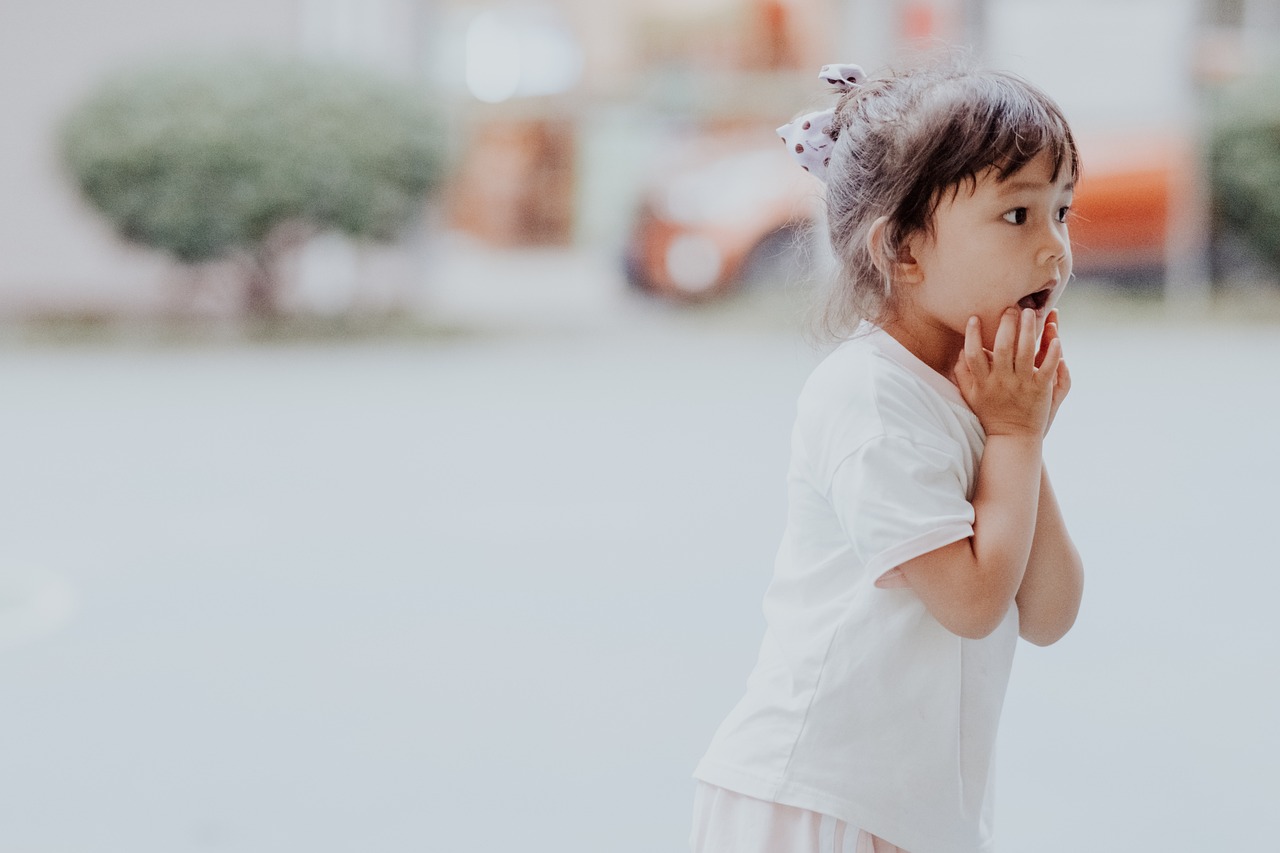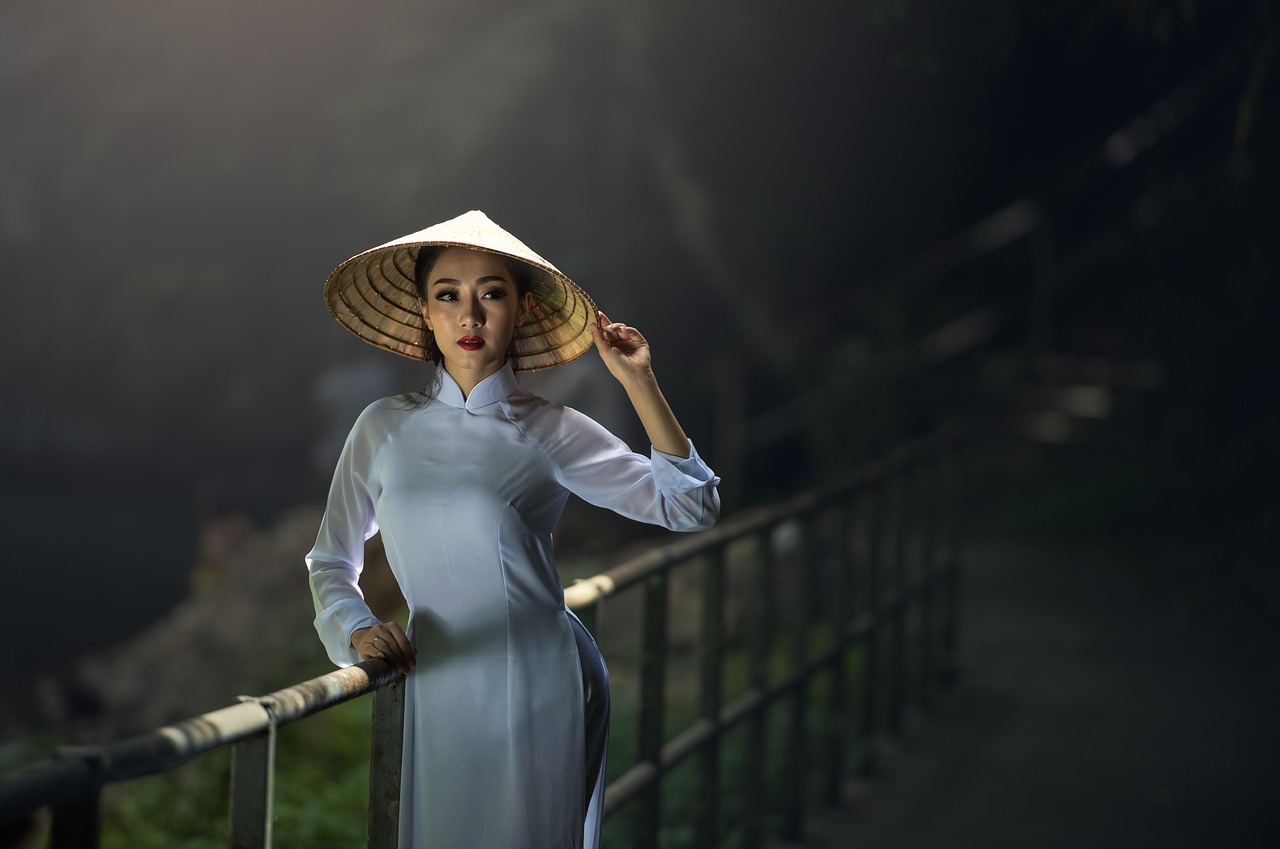This article delves into the rich heritage of Asian massage techniques that not only promote profound relaxation but also enhance sleep quality. By exploring various methods, their benefits, and practical tips, you can significantly improve your sleep experience through these traditional practices.
What Are Asian Massage Techniques?
Asian massage techniques are a collection of ancient practices that aim to restore balance and harmony within the body. Techniques such as Thai massage, Shiatsu, and acupressure are designed to relieve stress, enhance circulation, and promote overall well-being, which are crucial for achieving restful sleep.
Benefits of Asian Massage for Sleep
- Reduced Anxiety: These techniques help calm the mind, making it easier to drift into sleep.
- Improved Circulation: Enhanced blood flow can lead to better oxygenation of tissues, promoting relaxation.
- Muscle Relaxation: Releasing tension in the muscles can significantly improve comfort and sleep quality.
How Does Acupressure Aid Sleep?
Acupressure is a powerful technique that involves applying pressure to specific points on the body. This method can alleviate insomnia by stimulating the body’s natural healing processes, thus promoting deeper, more restorative sleep.
Key Acupressure Points for Sleep
- Yin Tang: Located between the eyebrows, this point is known to calm the mind.
- Shen Men: Found on the ear, this point helps reduce anxiety and stress.
Techniques for Effective Acupressure
To maximize the benefits of acupressure, it is essential to apply the right amount of pressure for the appropriate duration. Gentle, consistent pressure can enhance relaxation and promote better sleep.
Exploring Thai Massage for Relaxation
Thai massage incorporates a blend of stretching and deep tissue techniques, making it an excellent choice for relaxation. This method not only prepares the body for restful sleep but also enhances flexibility.
Simplifying Shiatsu: The Japanese Approach to Sleep
Simplifying Shiatsu, a Japanese massage technique, involves using finger pressure along energy pathways, which helps balance the body’s energy and promote relaxation, leading to improved sleep quality.
Understanding Shiatsu Principles
Shiatsu is grounded in the principles of traditional Chinese medicine, focusing on the flow of energy (Qi) and its impact on both physical and mental health. This balance is vital for achieving restful sleep.
Shiatsu Techniques for Better Sleep
Incorporating specific Shiatsu techniques, such as gentle rocking and rhythmic pressure, can effectively calm the mind and prepare the body for a peaceful night’s sleep.
Incorporating Aromatherapy with Massage
Combining Asian massage techniques with aromatherapy can significantly enhance relaxation and improve sleep quality. Essential oils like lavender and chamomile are known for their calming properties.
Choosing the Right Essential Oils
Selecting appropriate essential oils that promote relaxation can create a holistic approach to improving sleep, making your massage experience even more effective.
How to Use Essential Oils During Massage
Understanding the best methods for incorporating essential oils during massage, such as proper dilution and application techniques, ensures a safe and effective experience for better sleep.
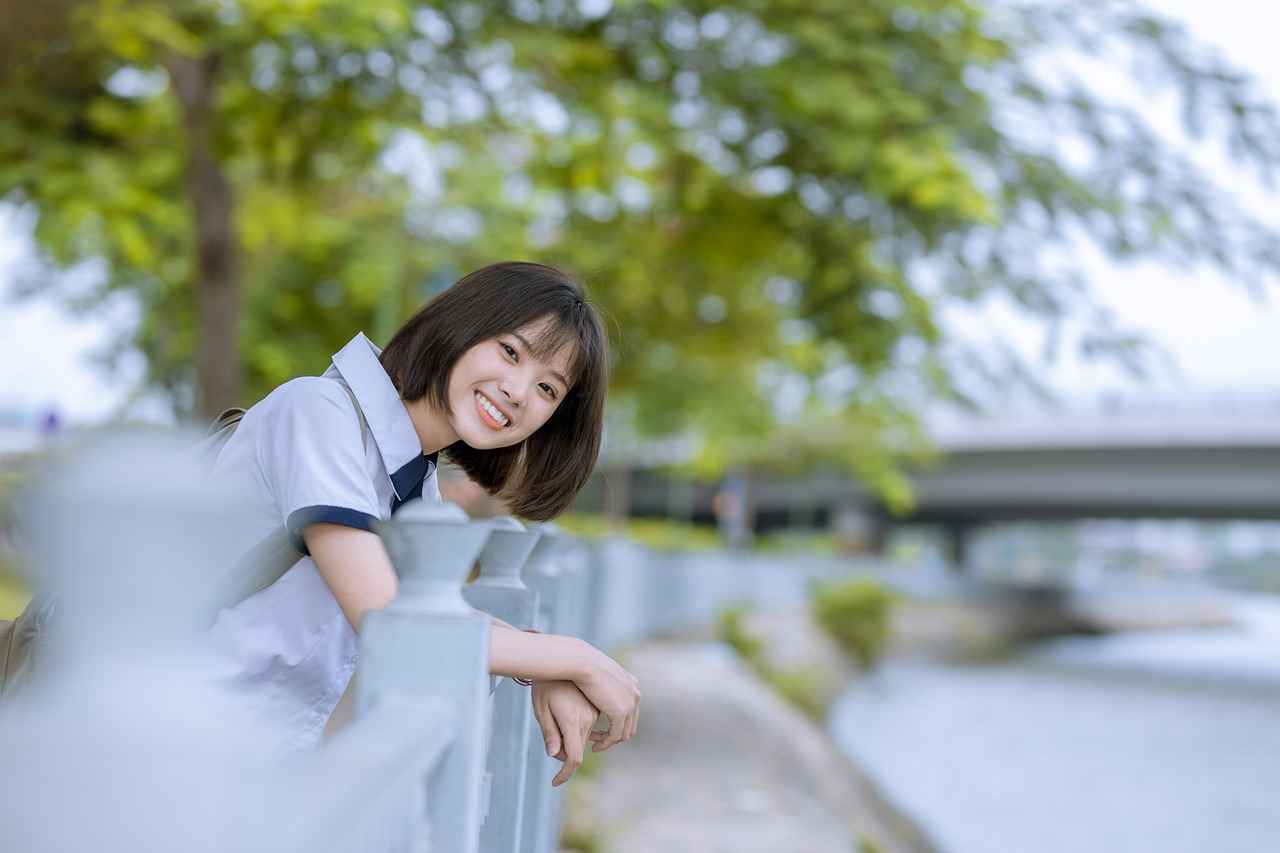
What Are Asian Massage Techniques?
Asian massage techniques are a treasure trove of practices that have been honed over centuries, each with its own unique approach to promoting relaxation and enhancing overall well-being. These techniques are deeply rooted in ancient philosophies, focusing on the interconnectedness of body, mind, and spirit. By integrating physical manipulation with mental relaxation, these methods aim to create a harmonious balance that is essential for optimal health.
Among the most recognized Asian massage techniques are Shiatsu, Thai massage, and Acupressure. Each of these techniques utilizes specific movements and pressure points to stimulate energy flow, alleviate tension, and encourage deep relaxation. Practitioners believe that by addressing both physical and emotional stressors, these massages can significantly enhance sleep quality.
- Shiatsu: This Japanese technique employs finger pressure along energy pathways, known as meridians, to restore balance and promote relaxation.
- Thai Massage: Combining stretching and rhythmic pressure, Thai massage not only relaxes the muscles but also prepares the body for a restful night.
- Acupressure: By applying pressure to specific points on the body, this technique can help alleviate insomnia and promote deeper sleep through natural healing.
In addition to their physical benefits, these techniques also emphasize the importance of mindfulness and breathing during the massage process. Practitioners often encourage clients to focus on their breath and remain present, which can further enhance relaxation and improve sleep quality.
Ultimately, Asian massage techniques offer a holistic approach to well-being. By integrating ancient wisdom with modern understanding, these practices can help individuals achieve a state of relaxation that is conducive to better sleep and overall health.
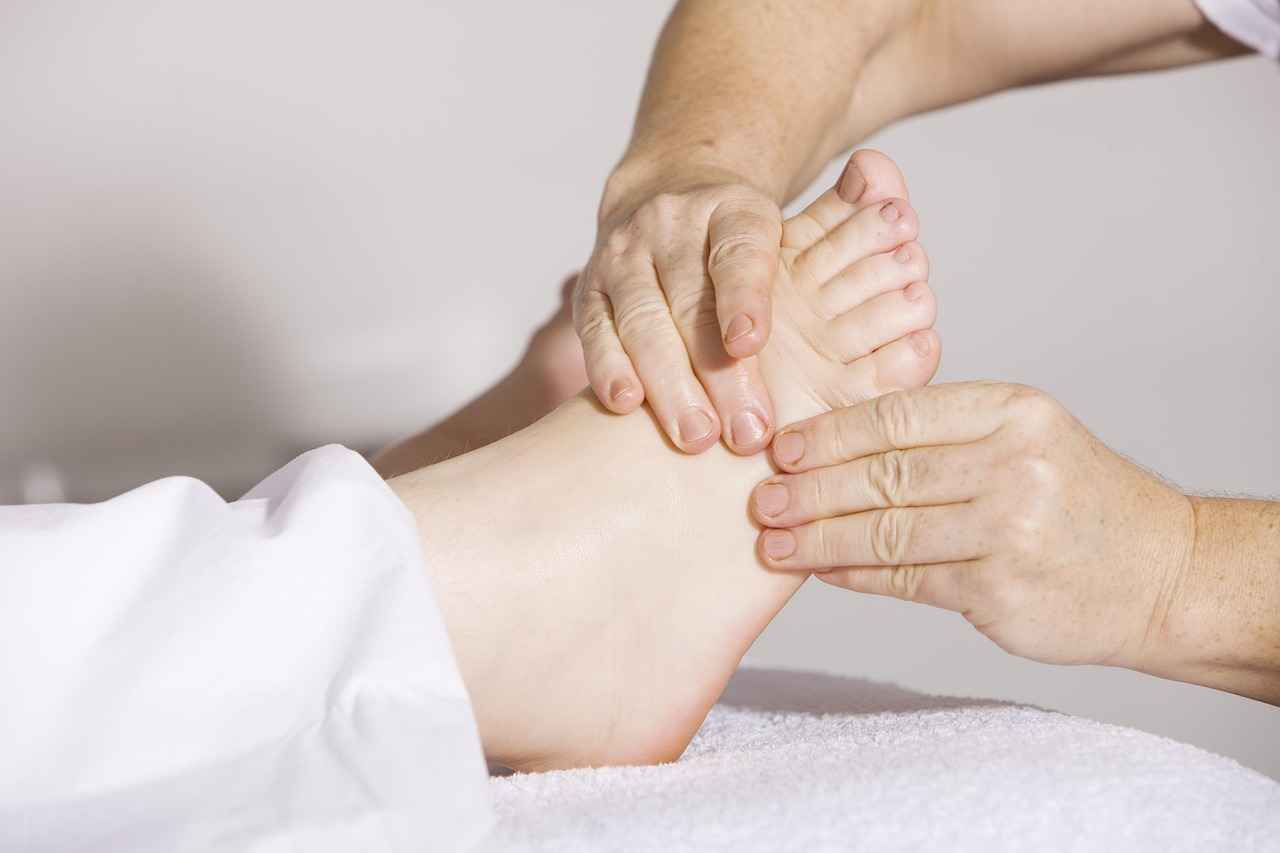
Benefits of Asian Massage for Sleep
Asian massage techniques are not only a source of relaxation but also serve as an effective means to enhance sleep quality. By integrating various methods and principles from traditional practices, these techniques address multiple factors that contribute to a restful night’s sleep.
One of the primary benefits of Asian massage for sleep is the reduction of anxiety. Many individuals struggle with racing thoughts and stress, which can hinder their ability to fall asleep. Techniques such as acupressure and Shiatsu promote deep relaxation, helping to calm the mind and alleviate tension. This calming effect can create a more conducive environment for sleep.
Another significant advantage is the improvement in circulation. Many Asian massage practices, including Thai massage, involve stretching and deep tissue manipulation, which can enhance blood flow. Improved circulation not only aids in muscle recovery but also ensures that the body is more relaxed and ready for sleep, allowing for a deeper and more restorative rest.
Furthermore, these techniques facilitate muscle relaxation. By targeting specific muscle groups and releasing tension through various massage strokes, the body can unwind. This physical relaxation is essential for preparing the body for sleep, as tight muscles can lead to discomfort and restless nights.
- Acupressure: Focuses on pressure points to relieve tension and promote sleep.
- Shiatsu: Utilizes finger pressure along energy pathways to balance the body’s energy.
- Thai Massage: Combines stretching and pressure to enhance flexibility and relaxation.
Incorporating these techniques into a nightly routine can create a holistic approach to improving sleep quality. By addressing anxiety, enhancing circulation, and promoting muscle relaxation, Asian massage techniques can significantly contribute to a more restful and rejuvenating sleep experience.
How Does Acupressure Aid Sleep?
Acupressure is a traditional Asian massage technique that has been practiced for centuries, renowned for its ability to promote relaxation and improve sleep quality. By applying pressure to specific points on the body, acupressure can help alleviate insomnia and encourage deeper, more restorative sleep. This method is grounded in the principles of traditional Chinese medicine, which emphasizes the balance of energy, or Qi, within the body.
When it comes to sleep, acupressure targets various pressure points that correspond to different physical and emotional states. These points, often referred to as meridian points, are believed to influence the flow of energy throughout the body. By stimulating these areas, individuals can experience a reduction in anxiety and tension, both of which are common barriers to restful sleep.
One of the most effective acupressure points for sleep is Yin Tang, located between the eyebrows. Applying gentle pressure here can calm the mind and promote relaxation. Another important point is Shen Men, found on the ear. This point is believed to help reduce stress and anxiety, making it easier to drift off to sleep.
To maximize the benefits of acupressure for sleep, it is essential to learn the proper techniques. This includes understanding the right amount of pressure to apply and the duration for which to maintain it. Typically, holding pressure on a point for 30 seconds to a minute can be effective. Additionally, creating a tranquil environment, free from distractions, can enhance the overall experience.
Incorporating acupressure into a nightly routine can serve as a natural, drug-free way to improve sleep quality. As you explore this ancient practice, remember that consistency is key. Regular application can lead to significant improvements in your sleep patterns and overall well-being.
Key Acupressure Points for Sleep
When it comes to enhancing sleep quality, acupressure emerges as a powerful technique rooted in ancient Asian practices. By focusing on specific pressure points, individuals can unlock profound relaxation and significantly improve their sleep patterns. Among these points, the Yin Tang and Shen Men are particularly noteworthy for their calming effects.
The Yin Tang, often referred to as the “third eye” point, is located between the eyebrows. Stimulating this point is believed to alleviate stress and anxiety, which are common barriers to restful sleep. Applying gentle pressure here can help quiet the mind, making it easier to drift into a peaceful slumber.
On the other hand, the Shen Men point, found on the ear, is known for its ability to promote relaxation and emotional balance. By targeting this acupressure point, individuals can experience a reduction in racing thoughts and an overall sense of calm. This is particularly beneficial for those who struggle with insomnia or restless nights.
Incorporating these acupressure techniques into a nightly routine can create a soothing pre-sleep ritual. Here’s a simple guide:
- Find a quiet space: Ensure you are in a calm environment free from distractions.
- Use gentle pressure: With your fingertips, apply consistent pressure to the Yin Tang and Shen Men points.
- Focus on your breath: Inhale deeply and exhale slowly to enhance relaxation.
- Repeat regularly: Consistency is key; aim to practice this routine nightly for optimal results.
By identifying and targeting these specific acupressure points, individuals can not only enhance relaxation but also facilitate better sleep patterns. This holistic approach not only promotes physical well-being but also nurtures mental tranquility, paving the way for a rejuvenating night’s rest.
Techniques for Effective Acupressure
Acupressure is a powerful technique that can significantly enhance sleep quality when applied correctly. To maximize its effectiveness, it is essential to learn the proper techniques for applying pressure, which includes understanding the right amount of force and the duration of pressure on specific points. This knowledge can transform your acupressure experience, leading to deeper relaxation and improved sleep.
When practicing acupressure, consider the following key techniques:
- Identify Target Points: Familiarize yourself with acupressure points such as Yin Tang (between the eyebrows) and Shen Men (on the ear). These points are known for their calming effects.
- Apply Appropriate Pressure: Use your fingers or palms to apply pressure. Start gently, gradually increasing the force until you feel a comfortable level of pressure that does not cause pain.
- Duration Matters: Hold the pressure on each point for about 30 seconds to 2 minutes. This allows enough time for the body to respond and release tension.
- Breath Coordination: Synchronize your breathing with the application of pressure. Inhale deeply as you apply pressure and exhale slowly as you release it. This technique enhances relaxation.
- Frequency of Practice: Regular practice can yield better results. Aim for acupressure sessions several times a week to establish a routine that promotes better sleep.
Incorporating these techniques into your acupressure practice can lead to profound benefits for your sleep quality. By understanding how to effectively apply pressure, you can tap into the natural healing properties of acupressure, paving the way for a more restful and restorative sleep experience.
Exploring Thai Massage for Relaxation
Thai massage is a unique and ancient practice that combines the principles of yoga, acupressure, and deep tissue manipulation. This holistic approach not only promotes relaxation but also enhances flexibility and overall physical well-being. By incorporating a series of stretching techniques and rhythmic compressions, Thai massage prepares the body for a state of tranquility, making it an effective method for achieving restful sleep.
One of the primary benefits of Thai massage is its ability to release tension stored in the muscles. Through a series of gentle stretches and targeted pressure, the therapist helps to alleviate tightness, which can often contribute to sleep disturbances. The deep tissue techniques used in Thai massage work to increase blood circulation, ensuring that oxygen and nutrients are efficiently delivered to the body’s tissues, promoting recovery and relaxation.
Moreover, the meditative aspect of Thai massage encourages mindfulness, allowing individuals to focus on their breath and present moment. This practice can significantly reduce anxiety and stress levels, both of which are common barriers to achieving a good night’s sleep. As the mind quiets and the body relaxes, individuals may find it easier to drift into a deep, rejuvenating sleep.
For those seeking to incorporate Thai massage into their routine, it is advisable to seek a qualified practitioner who can tailor the session to individual needs. Regular sessions can foster a deeper connection between the body and mind, enhancing not only sleep quality but also overall health and wellness.
In summary, Thai massage is a powerful tool for relaxation and sleep enhancement. By blending stretching and deep tissue techniques, it prepares the body for a peaceful night’s rest, making it a valuable addition to any wellness regimen.
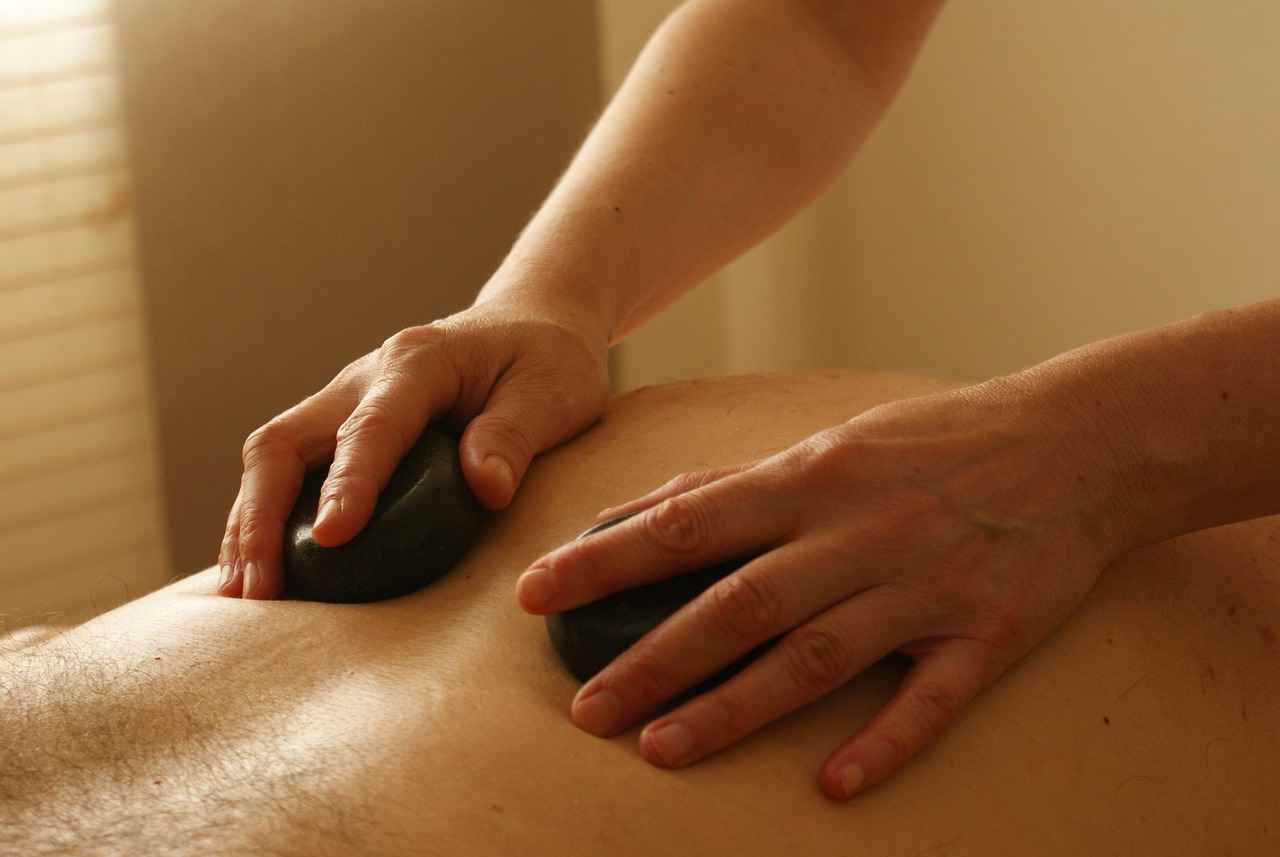
Shiatsu: The Japanese Approach to Sleep
Shiatsu massage is a traditional Japanese technique that emphasizes the importance of balancing energy within the body. This practice utilizes finger pressure applied along specific energy pathways known as meridians. By stimulating these points, Shiatsu aims to restore harmony and enhance overall well-being, which can significantly improve sleep quality.
One of the core principles of Shiatsu is the concept of Qi (or Chi), which refers to the vital energy that flows through our bodies. When Qi is blocked or imbalanced, it can lead to physical and emotional disturbances, including sleep issues. Shiatsu massage works to alleviate these blockages, promoting a sense of calm and relaxation that is essential for restful sleep.
Practitioners of Shiatsu employ various techniques, including gentle pressure, stretching, and rhythmic movements. These methods not only help to release tension but also encourage deep relaxation, making it easier for individuals to drift into a restorative sleep. For those struggling with insomnia or restless nights, Shiatsu can be a valuable tool in their wellness arsenal.
| Shiatsu Techniques for Sleep | Description |
|---|---|
| Finger Pressure | Applying focused pressure to specific points to alleviate tension and promote relaxation. |
| Gentle Rocking | Using rhythmic movements to soothe the nervous system and encourage a state of calm. |
| Stretching | Incorporating stretches to relieve muscle tightness and enhance flexibility, aiding in relaxation. |
Incorporating Shiatsu into your nightly routine can transform your sleep experience. By dedicating time to this practice, you can create a calming environment that signals to your body that it is time to unwind. Many individuals find that even a short session of Shiatsu before bed can lead to improved sleep patterns and a more restful night.
In summary, Shiatsu massage is not just a physical therapy but a holistic approach that addresses the mind and body. By understanding and applying its principles, you can take significant steps toward achieving better sleep and overall well-being.
Understanding Shiatsu Principles
Shiatsu is a traditional Japanese massage technique that draws its principles from ancient Chinese medicine. This holistic approach emphasizes the importance of Qi (or energy) flow within the body, which is believed to play a critical role in maintaining both physical and mental health. By understanding the fundamental concepts of Shiatsu, individuals can appreciate how this practice can profoundly enhance sleep quality.
At its core, Shiatsu revolves around the idea that an uninterrupted flow of Qi is essential for overall well-being. When this energy is blocked or imbalanced, it can lead to various health issues, including sleep disturbances. Shiatsu practitioners focus on stimulating specific points along the body’s energy pathways, known as meridians, to restore balance and promote relaxation.
| Key Concepts of Shiatsu | Description |
|---|---|
| Qi | The vital energy that flows through the body, crucial for health. |
| Meridians | Energy pathways that connect various organs and systems. |
| Yin and Yang | The balance of opposing forces that is essential for harmony. |
Shiatsu techniques often include gentle pressure, stretching, and rhythmic movements, all designed to enhance the flow of Qi. These methods not only help in alleviating physical tension but also serve to calm the mind, making it easier to transition into a restful state. By addressing both the physical and emotional aspects of well-being, Shiatsu can significantly improve sleep quality.
Incorporating Shiatsu into a regular wellness routine can lead to lasting benefits. Practitioners often recommend sessions before bedtime to maximize relaxation and prepare the body for sleep. Understanding these principles allows for a deeper appreciation of how Shiatsu can be an effective tool in achieving better sleep and overall health.
Shiatsu Techniques for Better Sleep
Shiatsu techniques are a valuable tool for those seeking to enhance their sleep quality. This traditional Japanese practice emphasizes the use of finger pressure along specific energy pathways, promoting relaxation and balance within the body. One of the most effective aspects of Shiatsu is its ability to prepare both the mind and body for restful sleep.
Incorporating specific Shiatsu techniques, such as gentle rocking and rhythmic pressure, can significantly contribute to a calming environment. These methods not only help to release physical tension but also assist in quieting the mind, making it easier to transition into sleep. The gentle rocking motion mimics the soothing sensation of being cradled, which can evoke a sense of safety and comfort, essential for a good night’s rest.
Furthermore, rhythmic pressure applied to key points on the body can stimulate the release of endorphins and serotonin, promoting a state of relaxation. This process helps to lower cortisol levels, the hormone associated with stress, thereby creating a more conducive atmosphere for sleep. The combination of these Shiatsu techniques can lead to a deeper, more restorative sleep experience.
To maximize the benefits of Shiatsu for better sleep, consider integrating a routine that includes these techniques. For instance, setting aside a few minutes before bedtime to practice gentle rocking and rhythmic pressure can establish a calming pre-sleep ritual. Additionally, pairing Shiatsu with soothing music or dim lighting may enhance the overall experience, allowing the body and mind to unwind fully.
In summary, the incorporation of Shiatsu techniques such as gentle rocking and rhythmic pressure can be transformative for those struggling with sleep issues. By fostering relaxation and reducing stress, these methods not only prepare the body for sleep but also promote a healthier sleep pattern overall.

Incorporating Aromatherapy with Massage
Incorporating aromatherapy with massage is a powerful way to enhance relaxation and improve sleep quality. By combining the soothing effects of Asian massage techniques with the calming properties of essential oils, individuals can create a serene environment conducive to restful sleep. This synergy not only promotes physical relaxation but also nurtures emotional well-being.
Aromatherapy involves the use of concentrated plant extracts, known as essential oils, which are believed to have therapeutic properties. When used in conjunction with massage, these oils can significantly enhance the overall experience. For instance, lavender is renowned for its ability to reduce anxiety and promote sleep, while chamomile is often used for its calming effects. Together, they can create a tranquil atmosphere that encourages deeper relaxation.
When selecting essential oils for massage, it’s essential to consider their individual benefits. Here are some popular options:
- Lavender: Known for its soothing aroma, it helps reduce stress and improve sleep quality.
- Chamomile: Often used to calm the mind and body, making it an excellent choice for evening massages.
- Ylang-Ylang: This floral scent is known to reduce anxiety and promote relaxation.
- Frankincense: With its grounding properties, it can help balance emotions and enhance spiritual well-being.
To maximize the benefits of aromatherapy during massage, follow these practical tips:
- Dilution: Always dilute essential oils with a carrier oil, such as coconut or jojoba oil, to prevent skin irritation.
- Application: Apply the diluted mixture to the skin using gentle, circular motions to enhance absorption.
- Environment: Create a calming atmosphere by dimming the lights and playing soft music to complement the aroma.
By integrating these techniques, individuals can transform their massage experience into a holistic approach that not only addresses physical tension but also nurtures mental tranquility, paving the way for a restful night’s sleep.
Choosing the Right Essential Oils
When it comes to enhancing the effectiveness of massage techniques, can play a pivotal role in promoting relaxation and improving sleep quality. Essential oils are derived from plants and possess unique properties that can influence both the body and mind. By incorporating these oils into massage practices, individuals can create a more holistic approach to achieving restful sleep.
Different essential oils offer various benefits, so it is essential to select those that specifically target relaxation and sleep enhancement. For instance, lavender oil is renowned for its calming effects, helping to reduce anxiety and promote a sense of tranquility. Similarly, chamomile oil is often used for its soothing properties, making it an excellent choice for evening massages aimed at winding down after a long day.
Another oil worth considering is bergamot, which has been shown to alleviate stress and improve mood, making it particularly effective when combined with massage techniques. Ylang-ylang is also a popular choice, as it can help lower blood pressure and induce feelings of relaxation, further enhancing the massage experience.
To maximize the benefits of these essential oils, it is crucial to understand how to use them properly during massage sessions. Here are some practical tips:
- Dilution: Always dilute essential oils with a carrier oil, such as coconut or jojoba oil, before applying them to the skin. This helps prevent skin irritation and ensures a safe application.
- Application: Use gentle, sweeping motions while massaging the oil into the skin. Focus on areas where tension tends to accumulate, such as the shoulders and neck.
- Environment: Create a calming atmosphere by dimming the lights and playing soft music while using essential oils. This enhances the overall relaxation experience.
In summary, the right selection and application of essential oils can significantly enhance the effectiveness of massage techniques, leading to improved relaxation and better sleep quality. By understanding the unique properties of various oils and how to use them effectively, individuals can create a truly therapeutic experience.
How to Use Essential Oils During Massage
Essential oils have gained immense popularity in the wellness community, particularly when combined with massage techniques. Understanding how to effectively use essential oils during massage can greatly enhance the overall experience, leading to improved relaxation and better sleep quality. Here, we will explore key methods for incorporating essential oils safely and effectively.
When selecting essential oils for massage, it is vital to consider their properties and benefits. Some of the most popular oils for promoting relaxation and sleep include:
- Lavender: Known for its calming effects, lavender can help reduce anxiety and improve sleep quality.
- Chamomile: This oil is excellent for its soothing properties, making it a great choice for evening massages.
- Frankincense: Often used for its grounding effects, it can promote a sense of peace and relaxation.
Before applying essential oils directly to the skin, it is crucial to dilute them with a carrier oil, such as coconut or jojoba oil. A common dilution ratio is:
1-2 drops of essential oil per teaspoon of carrier oil
This ratio ensures that the essential oils are safe for topical application and minimizes the risk of skin irritation.
Once the essential oils are properly diluted, they can be applied during the massage using various techniques:
- Effleurage: This gentle stroking technique helps to spread the oils evenly across the skin.
- Petrissage: Kneading the muscles allows for deeper penetration of the oils, enhancing their effectiveness.
- Frictions: Applying firm pressure in circular motions can help release tension while maximizing the benefits of the oils.
Always perform a patch test before using a new essential oil to check for any allergic reactions. Additionally, avoid using essential oils on broken skin or near sensitive areas, such as the eyes.
By understanding these essential methods for incorporating oils into your massage routine, you can create a safe and effective experience that promotes relaxation and improved sleep.
Frequently Asked Questions
- What are the main benefits of Asian massage techniques for sleep?
Asian massage techniques offer a variety of benefits that can significantly enhance your sleep quality. They help reduce anxiety, improve circulation, and promote muscle relaxation. By addressing these issues, you can enjoy a more restful and rejuvenating sleep experience.
- How does acupressure work to aid sleep?
Acupressure involves applying pressure to specific points on the body, which can alleviate insomnia and promote deeper sleep. By targeting these pressure points, you can tap into your body’s natural healing processes, making it easier to drift off into a peaceful slumber.
- Can aromatherapy enhance the effects of Asian massage?
Absolutely! Combining Asian massage techniques with aromatherapy can create a calming atmosphere that enhances relaxation and sleep quality. Essential oils like lavender and chamomile are particularly effective in promoting a serene environment, making your massage experience even more beneficial.
- Are there specific essential oils recommended for sleep?
Yes! Essential oils such as lavender, chamomile, and bergamot are known for their relaxing properties. Choosing the right oils can significantly enhance the effectiveness of your massage techniques, creating a holistic approach to better sleep.
- What should I consider when using essential oils during massage?
When using essential oils, it’s important to dilute them properly and apply them safely. Understanding the best methods for application ensures a pleasant and effective massage experience, helping you to relax and prepare for a good night’s sleep.
